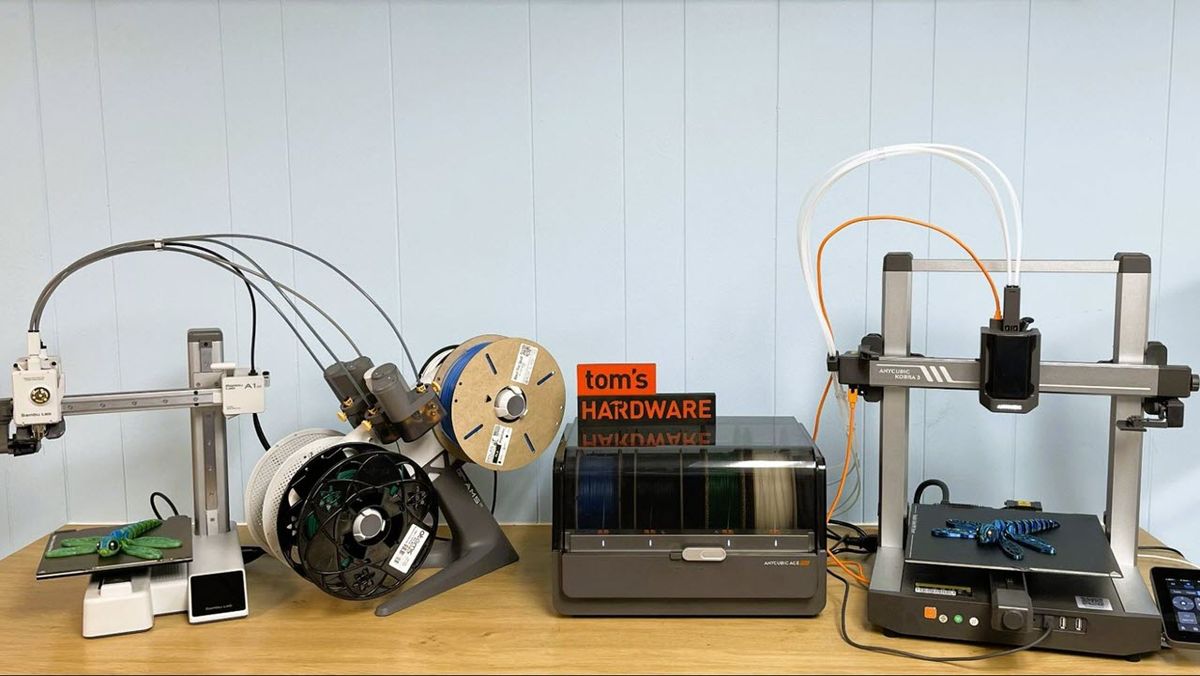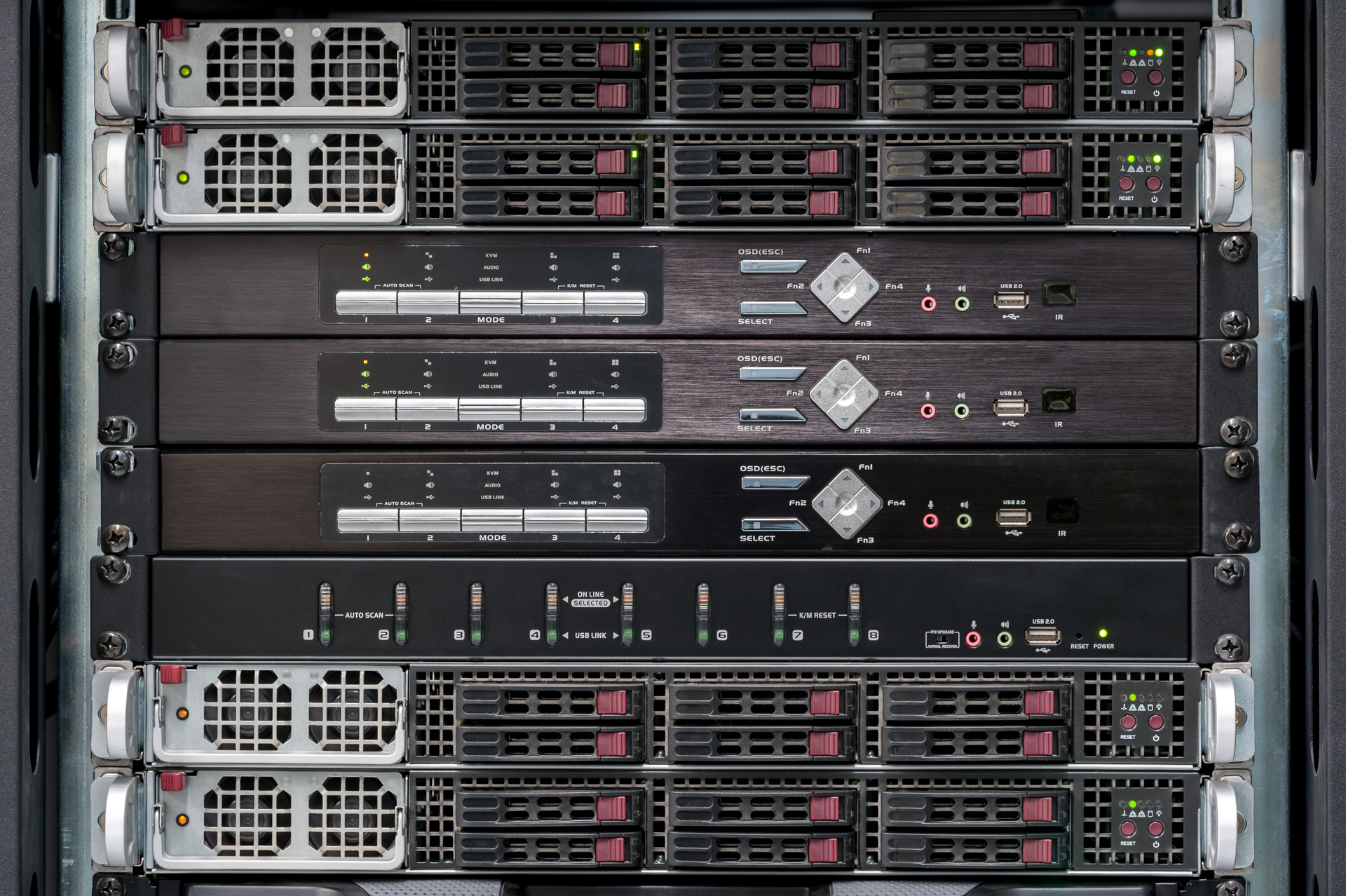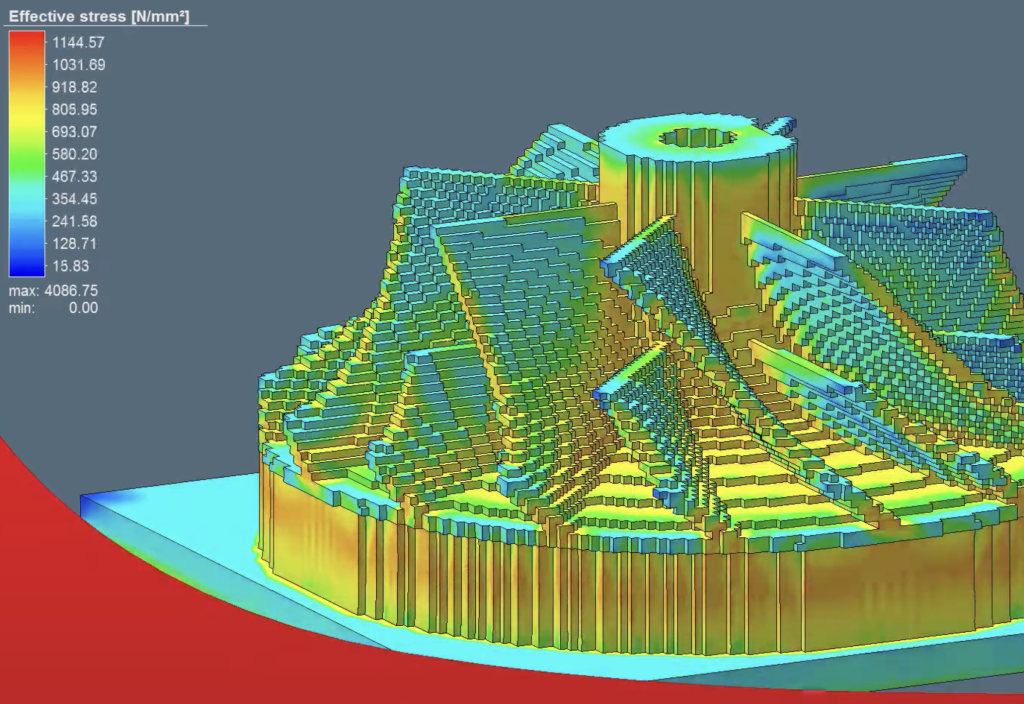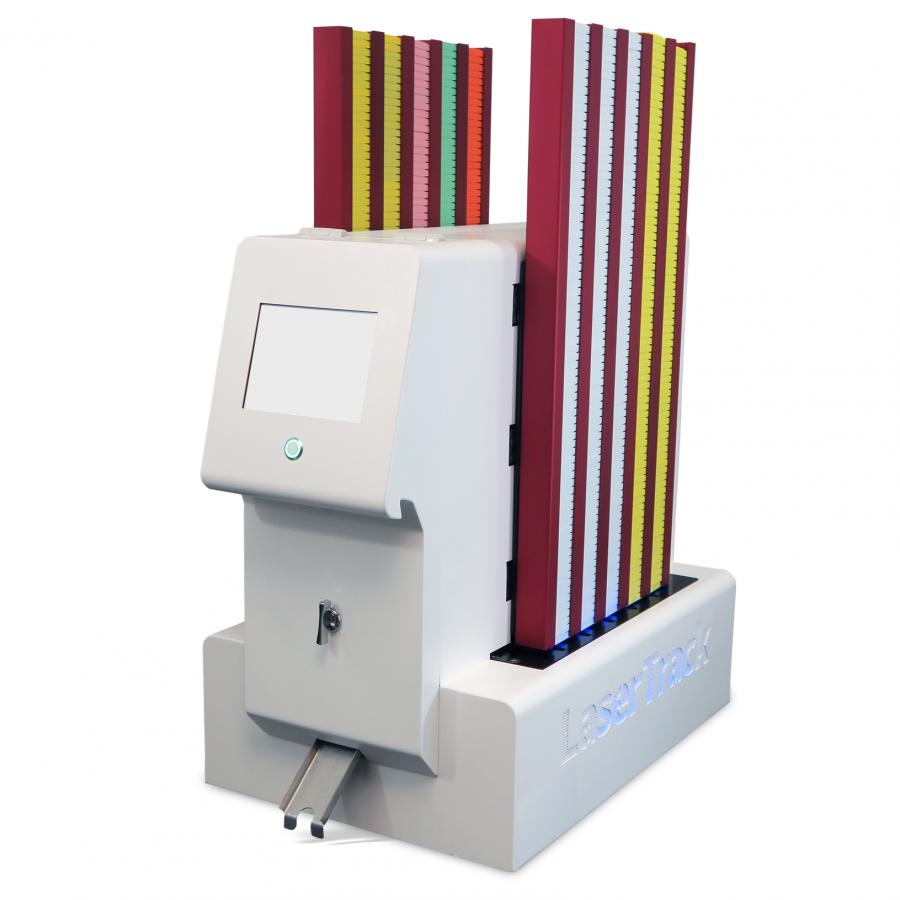Researchers enhance binder jetting speeds with adaptive slicing

Researchers from Ondokuz Mayis College in Turkey have used adaptive slicing to extend the pace of binder jetting 3D printing.
Revealed within the journal Fast Prototyping, the research claims that binder jetting is ready to expertise extra progress than some other additive manufacturing expertise within the subsequent decade.
Nonetheless, extra widespread adoption of binder jetting is reportedly being stunted by its manufacturing speeds, that are slower than typical manufacturing strategies. To beat this problem, researchers Hasan Baş, Fatih Yapıcı and Erhan Ergün have leveraged adaptive slicing and a self-developed variable binder quantity algorithm (VBAA).
Slicing is a key step of all additive manufacturing processes, translating the digital mannequin into directions for the 3D printer. This course of is normally carried out uniformly, with constant layer thicknesses all through the half. Alternatively, adaptive slicing creates variable layer thicknesses primarily based on the half’s geometry, growing effectivity and optimizing floor high quality.
Whereas this technique has lengthy been utilized in FDM 3D printing, it has not been absolutely explored for binder jet expertise as a result of its absence from most binder jetting slicers. Constructing on the findings of their earlier research into adaptive slicing for binder jetting, the researchers efficiently produced high-quality elements with 12.31% fewer layers than these made with uniform slicing.

Adaptive slicing enhances binder jetting effectivity
To make sure they achieved optimum adaptive slicing outcomes, the researchers utilized their VBAA algorithm. This was mandatory as, if not used, the identical quantity of binder can be despatched to every layer whatever the distinction in thickness. An excessive amount of binder despatched to a skinny layer can enhance floor roughness, whereas too little binder may cause elements to simply break.
The Taguchi technique, a statistical course of used to find out optimum design specs, was additionally employed to optimize the layer thickness and saturation ratio in VBAA. This ensured the ultimate check elements have been fabricated with the best 3D printing parameters.
Throughout this preliminary design course of, 27 samples have been produced with 9 completely different units of parameters. The width of those uncooked samples was then measured, earlier than being sintered at 1,500 °C for 2 hours. After sintering, further floor roughness and density checks have been carried out. The workforce additionally investigated the utility of inexpensive and accessible picture processing strategies for measuring floor roughness.
From the outcomes of this preliminary testing, the researchers deduced the optimum 3D printing parameters to incorporate layer thickness between 180–250 μm, and saturation of fifty%.
Adaptive slicing was then used to 3D print a pattern half with this vary of layer thicknesses. The pattern was then in contrast towards two “skinny layer” and “thick layer” check elements, 3D printed with constant layer thicknesses of 180 μm and 250 μm, respectively.
In the end, the researchers discovered that the floor roughness values of the adaptive sliced pattern have been much like the “skinny layer” half and superior to that of the “thick layer” mannequin.
Regardless of possessing the identical floor high quality, the adaptive sliced half was 3D printed with 12.31% fewer layers than the “skinny layer” pattern, growing effectivity and decreasing 3D printing time within the course of.


Developments in binder jetting
The Ondokuz Mayis College workforce’s research marks one of many newest makes an attempt to enhance binder jetting 3D printing.
Beforehand, a workforce from Oak Ridge Nationwide Laboratory (ORNL) developed a novel binder jetting technique for the fabrication of enhanced light-weight metal-ceramic elements.
This course of, which has been licensed by 3D printer producer ExOne, permits aluminum-infiltrated boron carbide parts to be produced with ExOne binder jetting expertise. The settlement with ExOne constructed on an present R&D license with ORNL, and has seen the agency 3D print scientific analysis elements for its shoppers.
Elsewhere, a world analysis workforce produced binder jet 3D printed geopolymer constructions that matched the qualities of typical structural concrete. The primary objective of this research was to 3D print metakaolin, a dehydroxylated type of the clay mineral kaolinite, with out utilizing cement.
The workforce achieved this by making a feedstock made out of sand and metakaolin, which was then fabricated into prism-shaped geopolymer parts utilizing binder jetting. That is mentioned to be a cleaner and extra sustainable course of than typical development strategies.
Wish to assist choose the winners of the 2024 3D Printing Trade Awards? Be part of the Knowledgeable Committee right now.
What does the way forward for 3D printing maintain?
What near-term 3D printing developments have been highlighted by trade specialists?
Subscribe to the 3D Printing Trade publication to maintain updated with the newest 3D printing information.
You too can comply with us on Twitter, like our Fb web page, and subscribe to the 3D Printing Trade Youtube channel to entry extra unique content material.
Featured picture exhibits the 3D printed check samples. Picture by way of Fast Prototyping.









